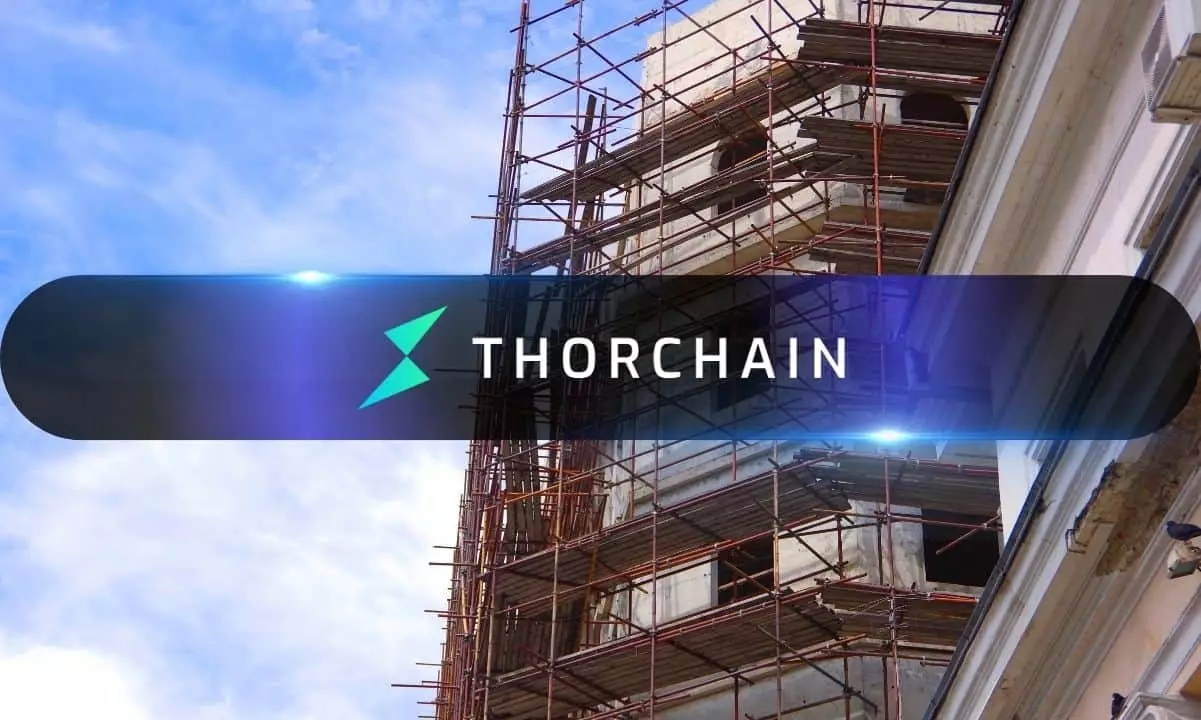THORChain, a pioneering decentralized cross-chain liquidity protocol, has recently confronted a substantial financial crisis, leading to a reported $200 million debt dilemma. In response to this pressing issue, the governance body of THORChain has approved Proposal 6. This proposal aims to revitalize the ecosystem and restore financial health without resorting to private fundraising. By transforming defaulted debts into equity tokens, THORChain is seeking to create a sustainable path forward and stabilize the network’s operations.
Details of the Proposal
The core elements of Proposal 6 center around issuing TCY (Thorchain Yield) equity tokens, designed to replace nearly all of the defaulted debts. Specifically, a total of 200 million TCY tokens will be minted, distributed to creditors at a conversion rate of one token for every dollar owed. This strategic maneuver not only eliminates the urgent need for external capital but also capitalizes on the existing treasury funds, enabling a more effective recovery process. Each TCY token will receive a 10% share of protocol fees indefinitely, creating a long-term incentive for liquidity providers and fostering an environment of mutual benefit across the platform.
Furthermore, in a bid to enhance price stability and promote a healthier trading environment, THORChain will establish a shallow RUNE/TCY liquidity pool valued at $0.10 per TCY. Allocating $5 million from the treasury for selective buybacks over a ten-week period, the initiative is expected to encourage price discovery and mitigate volatility risks associated with the token.
The introduction of Liquidity Nodes represents a significant addition to the governance framework of THORChain. These nodes are tasked with improving capital efficiency and compensating for any lost fees, ultimately augmenting the governance participation of liquidity providers. By converting debts into equity shares, THORChain aims to maintain liquidity without inflating the supply of its native token, RUNE, which has been impacted by the crisis.
A critical aspect of this restructuring was triggered by the decision to pause THORFi services on January 23, amidst rising insolvency concerns. This 90-day plan sought to alleviate the pressures faced by the platform’s Savers and Lending programs, which had spiraled into excessive debt levels. While trading activities remained unaffected during this timeframe, the suspension of lending services allowed validator nodes to reassess and navigate the complex restructuring process.
In light of this turmoil, it’s clear that the community played an instrumental role in shaping the restructuring plan. With eight independent proposals put forth to ensure the network’s longevity, node operators collaboratively reviewed these suggestions to arrive at a collective decision that prioritizes the ecosystem’s recovery while addressing user compensation.
It’s worth noting that THORChain’s native token, RUNE, has experienced a considerable decline, dropping nearly 80% since early December. This downward trajectory reached a critical point following the THORFi suspension. Currently trading at $1.21, it emphasizes the urgent need for effective recovery measures to restore user confidence and stabilize the market.
THORChain’s governance model and newfound strategy exemplify how decentralized platforms can navigate financial crises through community collaboration and innovative restructuring. As the protocol embarks on this ambitious recovery plan, the repercussions of its actions will be closely monitored, especially by liquidity providers and RUNE token holders. The success of Proposal 6 could potentially herald a new era of resilience and growth for THORChain, transforming current challenges into lasting opportunities for its ecosystem.

